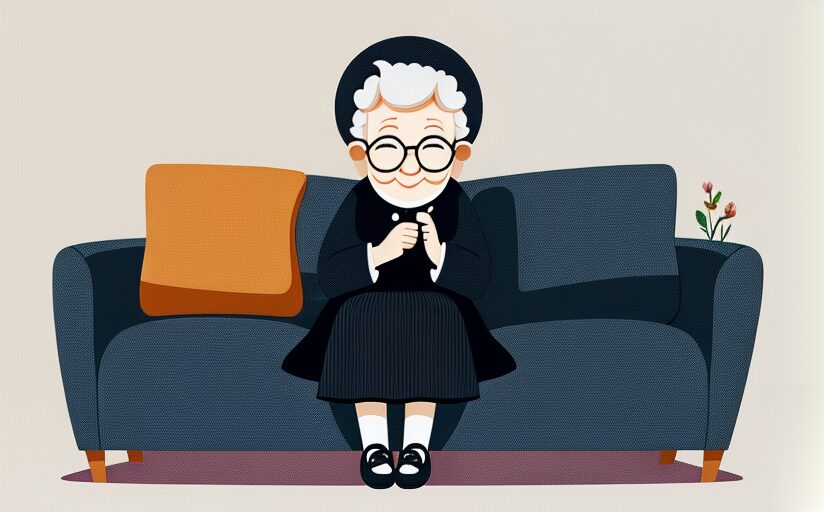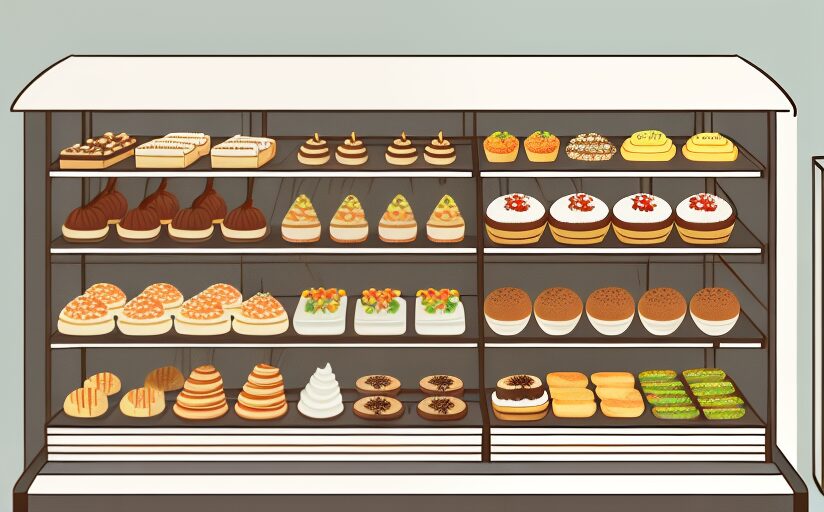Choosing a point of view before writing is as important as coming up with a storyline. The perspective you take determines the type of relationship between you and the reader. While there are three options, (first, second and third-person), you might wonder, “What is second person point of view?”
What Is Second-Person Point of View?
In second-person point of view, the writer addresses the reader directly. Here is an example of second-person point of view in action:
“You are reading this because you want to learn about second-person point of view.”
Writing from this perspective is a way the writer can both address the reader and create a narrative from the reader’s viewpoint. It’s often used in professional writing for ads or how-to articles rather than fictional writing; however, with the right approach, even a fictional narrative can work well in the second person.
To easily define second-person point of view, you might say it’s the “you” approach or perspective. Pronouns used obviously include you, but also yours, your, yourselves and yourself. These second-person point-of-view words are a dead giveaway that you’re reading something written as a second-person narrative.

Second Person Point of View Words List
The following second-person pronoun examples are a big clue that you’re reading second-person POV.
| you |
| your |
| yours |
| yourself |
| yourselves |
Second-Person Point of View Examples
If you’re looking for a good second-person point of view example, you’re already reading one, but we included other examples below just for fun. First-person and third-person points of view are also highlighted so you can see the difference.
- First Person: I am proud that you are reading my article about second-person point of view.
- Second Person: You should be proud of yourself for learning about second-person point of view.
- Third Person: He is proud of her for learning second-person point of view.
- First Person: I love my job.
- Second Person: You love your job.
- Third Person: John loves his job.
As you can see in these 2nd person POV examples, they all pull the reader into the narrative differently. In both second-person examples, you are being addressed directly.
That’s not always the case, however. Implied second person is when the writer speaks directly to the reader but doesn’t use second person point of view words. This is common in recipes or other instructional pieces. For example, if you were to be instructed on how to apply to for a job, it might look like this:
- Go to the job board.
- Scroll to the bottom and click on “Write Now!”
- Read the page and click on “Apply Now!”
- Follow the prompts to begin the application process.
Without the instructions including any second person words, such as you or yourself, which fall in line with the second-person point of view definition, you still understand exactly who the writer is directing the instructions to.
Second-Person Point of View Short Story Examples
Although second person POV is rare in fictional writing such as novels, you will find second person point of view short story example after example. Short stories and kids’ books are often written in second person because the writer needs to quickly pull the readers in and get them excited.
Here are a few second-person POV short story examples you might see:
- You are a superhero, flying through the air with ease!
- Your grandma was sitting on the couch when you got home.
- You love going on walks to visit your neighbors, but seeing the goats is your favorite activity.

You can see how the emotion and the connection to the story is different by writing these same examples in first and third person:
- First Person: I am a superhero who can fly through the air with ease.
- Third Person: Clark was a superhero who could fly through the air with ease
- First Person: My grandma was sitting on the couch when I got home.
- Third Person: Suzie’s grandma was sitting on the couch when she got home.
- First Person: I love going on walks to visit my neighbors, but seeing the goats is my favorite activity.
- Third Person: Sam loves going on walks to visit his neighbors, but seeing the goats is his favorite activity.
Turning the reader into the subject of the narrative makes your writing more personal, more relatable and more exciting, especially in short stories and children’s books.
Benefits of Writing in Second Person
As was previously discussed, writing in second-person perspective pulls the reader in, allowing them to become part of the story. When done right, the reader can get completely submerged in the reading, directly experiencing smell, taste, sight, sound and touch. As the writer, you tell the reader how to feel, how to experience the situation and how to react when writing in 2nd person.

If empathy is an emotion you’re trying to evoke, it’s done easily as the reader becomes part of the narrative. While you don’t want to necessarily instruct the reader and order them about, you can gently coerce the reader into thinking the way you intend as a writer. If you want to leave some of the questions about the story unanswered, you can do so, as the reader will have the chance to fill in the blank spaces.
In non-fiction writing, a second-person point of view can be one of the best ways to instruct a reader. This is why it’s perfect for advertisements, how-to articles, personal letters and online content.
What Are You Working On?
The second-person point of view is often considered the most limiting perspective, but you may have a different view now that you know how it works. So the next question is, “What are you working on?” Leave your answer in the comments so others can see why you chose to learn about second-person point of view today.


Leave a Reply